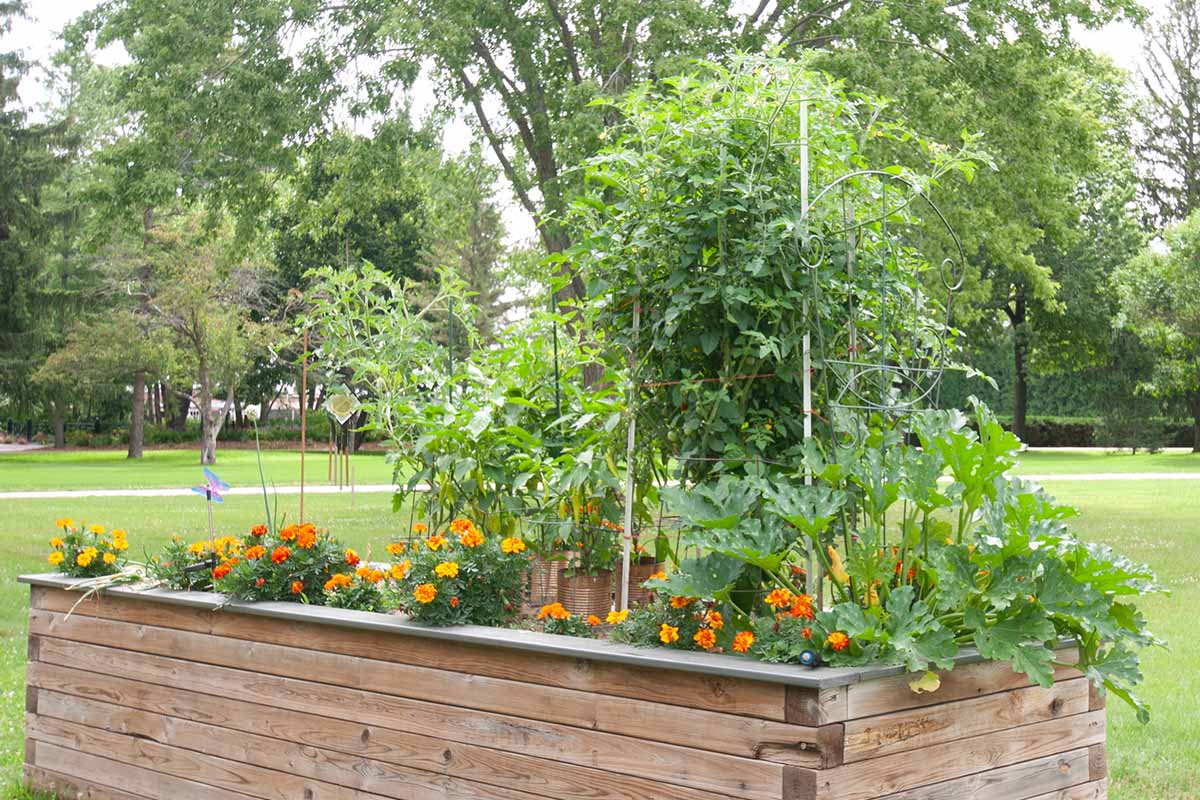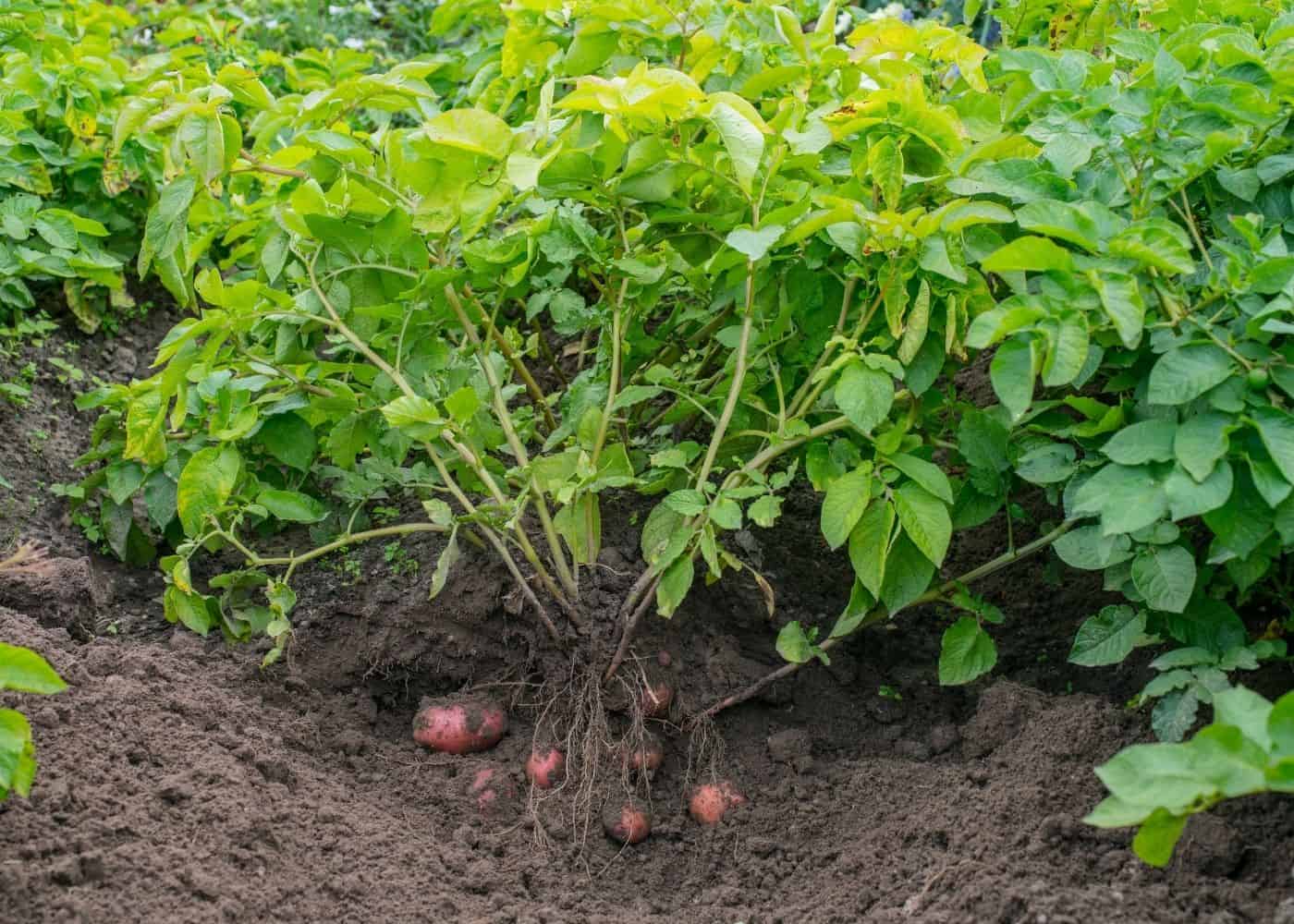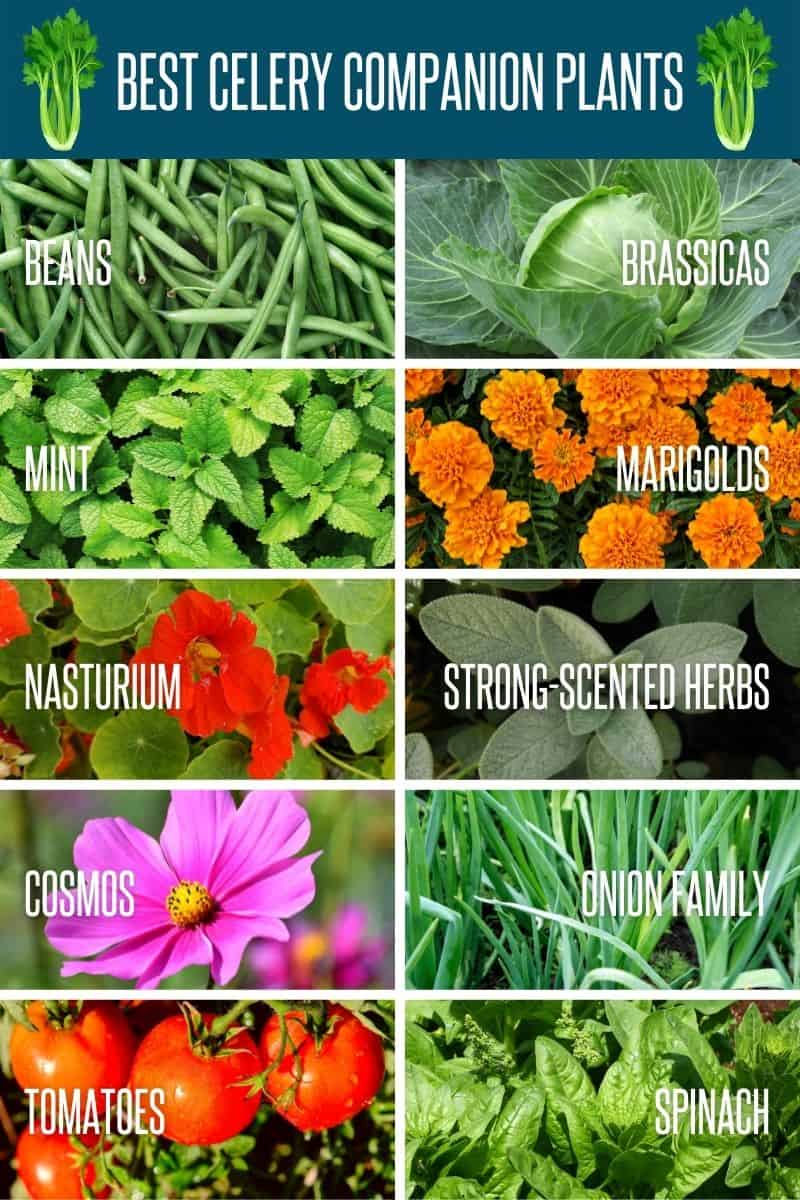The Ultimate Guide To Companion Planting For Tomatoes
The Ultimate Guide to Companion Planting for Tomatoes
Tomatoes are a popular garden vegetable that can be grown in a variety of climates. They are relatively easy to care for, but there are a few things you can do to help them thrive. One of the best ways to improve your tomato plants' health and productivity is to use companion planting.
Companion planting is the practice of planting different types of plants together to benefit each other. Some plants help to repel pests, while others attract beneficial insects. Some plants improve the soil, while others provide shade or windbreaks.
There are many different companion plants that can be beneficial for tomatoes. Some of the best include:
- Basil: Basil is a classic companion plant for tomatoes. It helps to repel pests such as aphids, whiteflies, and tomato hornworms. It also improves the flavor of tomatoes.
- Marigolds: Marigolds help to repel nematodes, which can damage tomato roots. They also attract beneficial insects such as ladybugs and lacewings.

- Onions: Onions help to deter pests such as aphids, thrips, and spider mites. They also help to improve the flavor of tomatoes.
- Cucumbers: Cucumbers help to attract pollinators, such as bees and butterflies. They also help to suppress weeds.
- Potatoes: Potatoes help to improve the soil's nitrogen content. They also help to suppress weeds.

- Borage: Borage attracts beneficial insects such as bees and butterflies. It also helps to improve the flavor of tomatoes.
- Nasturtiums: Nasturtiums attract beneficial insects such as ladybugs and lacewings. They also help to deter pests such as aphids and whiteflies.
When choosing companion plants for tomatoes, it is important to consider the plants' needs. For example, tomatoes need full sun and well-drained soil. So, you will want to choose companion plants that have similar requirements.
You should also avoid planting tomatoes near plants that are susceptible to the same pests and diseases. For example, you should not plant tomatoes near potatoes, eggplants, or peppers, as these plants are all susceptible to early blight.
Companion planting is a great way to improve the health and productivity of your tomato plants. By planting the right companion plants, you can help to deter pests, attract beneficial insects, and improve the soil.
Tomatoes are a delicious and versatile vegetable that can be enjoyed in many different ways. But did you know that there are certain plants that can help to improve the growth and flavor of tomatoes? These plants, known as companion plants, can help to attract beneficial insects, deter pests, and improve the soil quality.
Some of the best companion plants for tomatoes include:
- Basil: Basil is a classic companion plant for tomatoes, and for good reason. Basil helps to repel tomato hornworms and other pests, and it also enhances the flavor of tomatoes.
- Marigolds: Marigolds are another great companion plant for tomatoes. They help to repel nematodes, which can damage tomato roots.
- Borage: Borage attracts beneficial insects, such as ladybugs and hoverflies, which help to control pests.
- Peas: Peas fix nitrogen in the soil, which can help to improve the growth of tomatoes.
- Carrots: Carrots help to aerate the soil, which can improve drainage and prevent root rot.
If you're looking to improve the growth and flavor of your tomatoes, I encourage you to try planting some companion plants. There are many different companion plants that can be used, so you can experiment to find the ones that work best for you.
For more information about companion planting for tomatoes, I recommend visiting Garden Wiki. This website has a wealth of information on the topic, including a list of the best companion plants for tomatoes, as well as tips on how to plant and care for them.
FAQ of best companions for tomatoes
Q: What are the best companion plants for tomatoes?
A: There are many different companion plants that can benefit tomatoes. Some of the best include:
- Marigolds: Marigolds help to repel pests like tomato hornworms and aphids.
- Garlic: Garlic helps to improve the flavor of tomatoes and can also help to deter pests.
- Onions: Onions help to repel pests like root maggots and nematodes.
- Lavender: Lavender helps to attract pollinators like bees and butterflies, which can help to improve the pollination of your tomato plants.
- Basil: Basil is a traditional companion plant for tomatoes, and it is believed to help to improve the flavor of tomatoes.
Q: What should not be planted next to tomatoes?
A: There are a few plants that should not be planted next to tomatoes, as they can compete for nutrients or attract pests. These plants include:
- Cabbage: Cabbage is a member of the brassica family, and planting it next to tomatoes can stunt the growth of your tomato plants.
- Corn: Corn can compete with tomatoes for nutrients, and it can also harbor pests like corn earworms.
- Broccoli: Broccoli is another member of the brassica family, and it can stunt the growth of your tomato plants.
- Fennel: Fennel can attract pests like tomato hornworms and whiteflies.
- Dill: Dill can attract pests like aphids and spider mites.
- Potatoes: Potatoes can harbor the same pests as tomatoes, and they can also compete for nutrients.
- Eggplant: Eggplant is a member of the nightshade family, and it can stunt the growth of your tomato plants.
- Walnuts: Walnut trees can produce a toxin that can stunt the growth of tomato plants.
Q: How do companion plants benefit tomatoes?
A: Companion plants can benefit tomatoes in a number of ways. They can:
- Attract pollinators: Pollinators like bees and butterflies are essential for the pollination of tomatoes. Companion plants that attract pollinators can help to improve the pollination of your tomato plants, which can lead to a better harvest.
- Repel pests: Some companion plants can help to repel pests that can damage tomato plants. For example, marigolds help to repel tomato hornworms and aphids, while garlic helps to repel root maggots and nematodes.
- Improve soil health: Some companion plants can help to improve the soil health around tomato plants. For example, legumes like beans and peas can fix nitrogen in the soil, which can provide nutrients for tomato plants.
- Provide shade: Some companion plants can provide shade for tomato plants, which can help to protect them from the sun's harsh rays. This is especially important in hot climates.
Q: How far apart should companion plants be planted?
A: The distance that companion plants should be planted apart will vary depending on the specific plants. However, as a general rule of thumb, companion plants should be planted at least 12 inches apart. This will give them enough space to grow and thrive.
Image of best companions for tomatoes
5 different images of "best companions for tomatoes" from Pinterest:
- Marigolds: The bright colors and strong scent of marigolds make them an excellent deterrent against insects like tomato hornworms and aphids.

- Basil: Basil is a classic companion plant for tomatoes, and for good reason. It helps to improve the flavor of tomatoes, and it also helps to deter pests.
- Chives: Chives are another great companion plant for tomatoes. They help to repel nematodes, which can be a major problem for tomato plants.
- Asparagus: Asparagus is a tall plant that can help to provide shade for tomato plants. This can help to protect the tomatoes from the sun's harsh rays.
- Celery: Celery is a good companion plant for tomatoes because it helps to attract beneficial insects, such as ladybugs. Ladybugs are a natural predator of tomato pests, so they can help to keep your tomato plants healthy.

Post a Comment for "The Ultimate Guide To Companion Planting For Tomatoes"